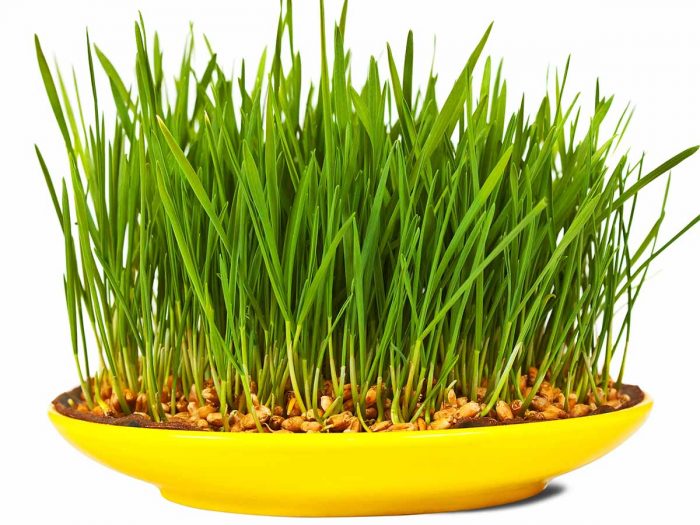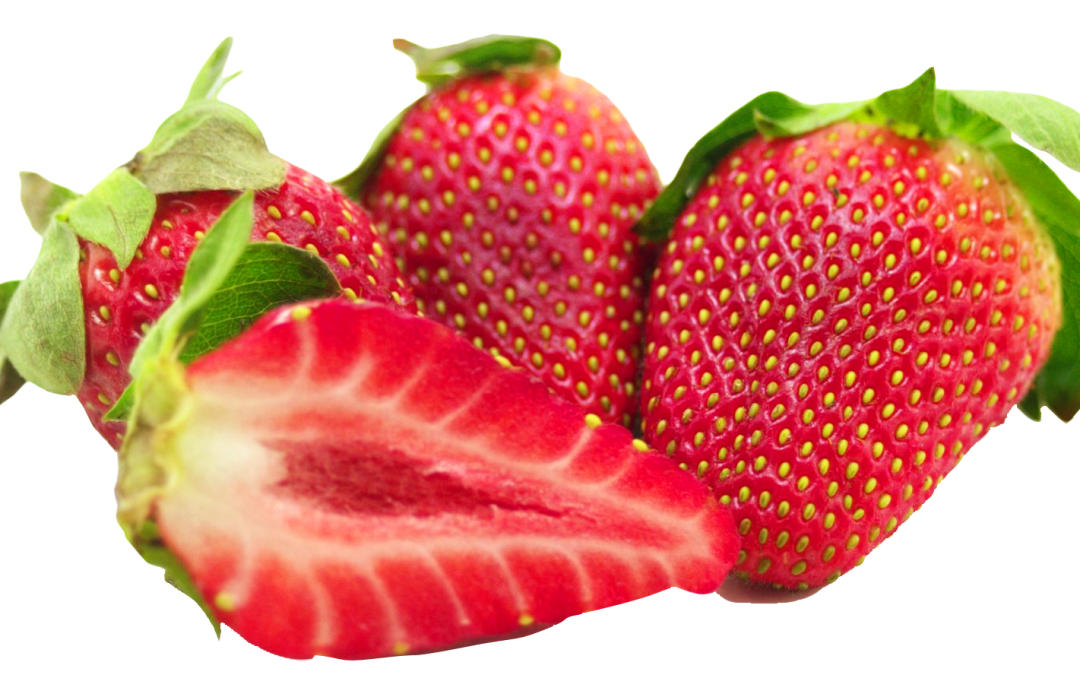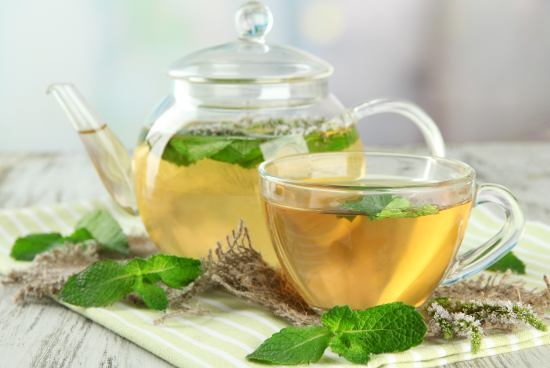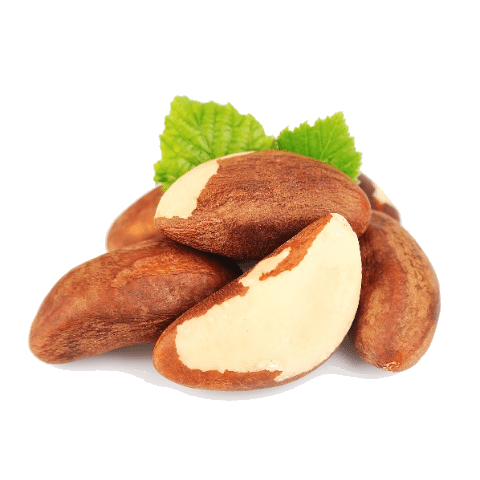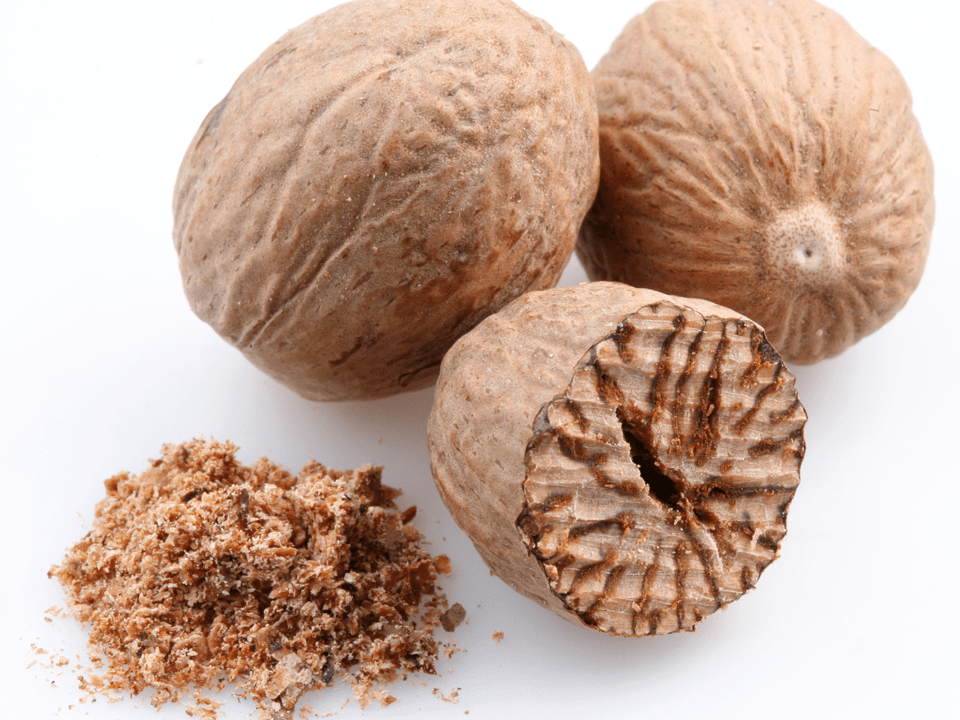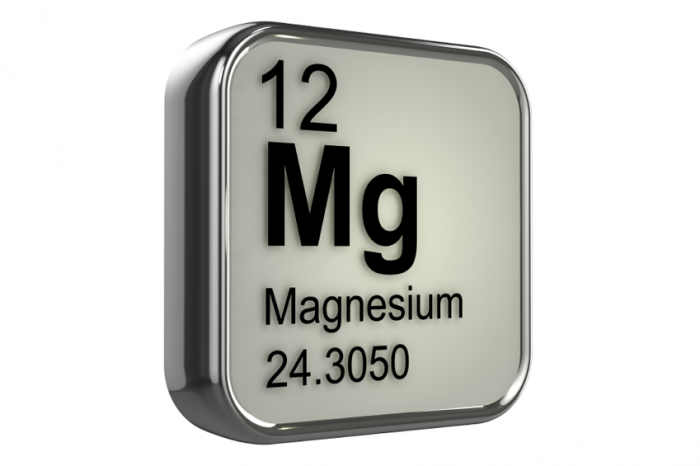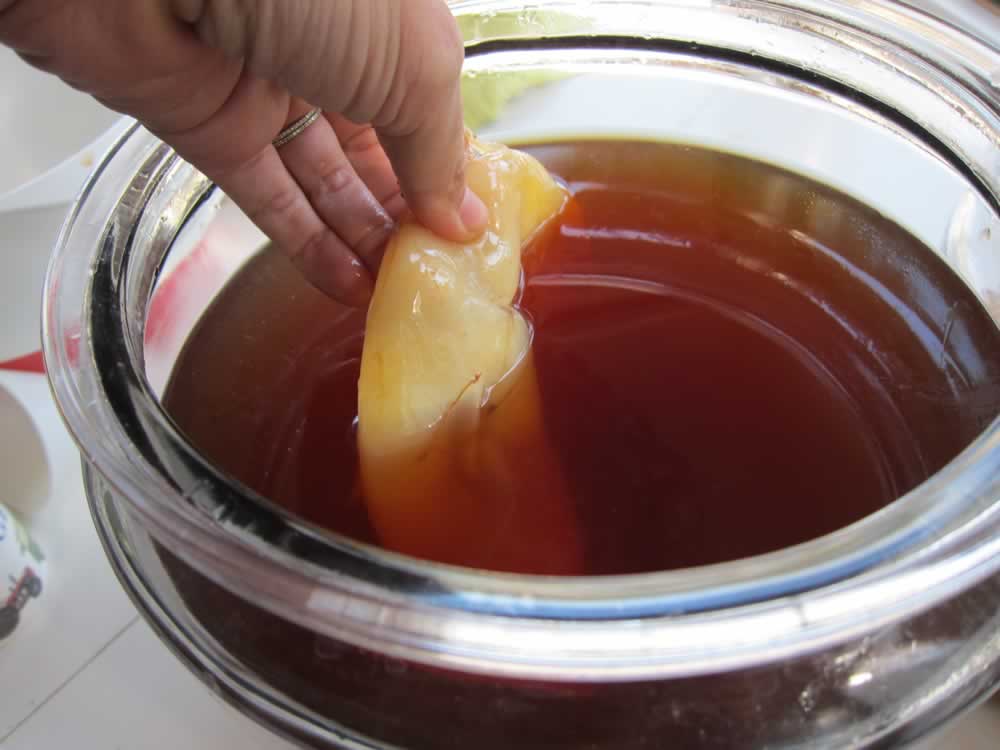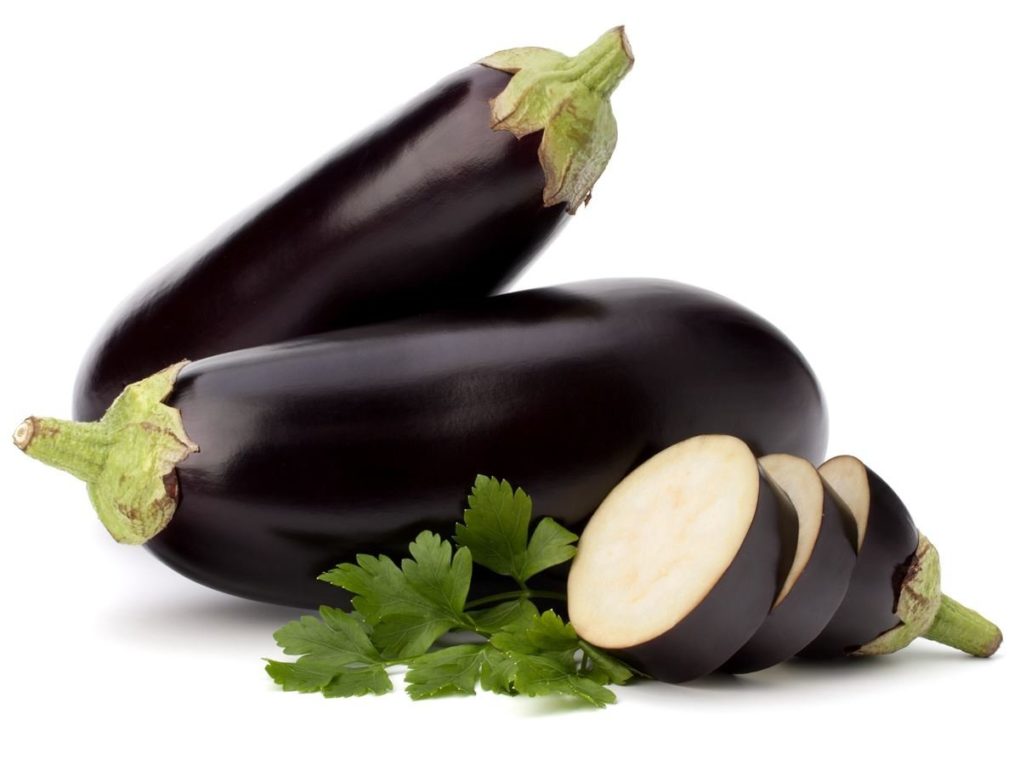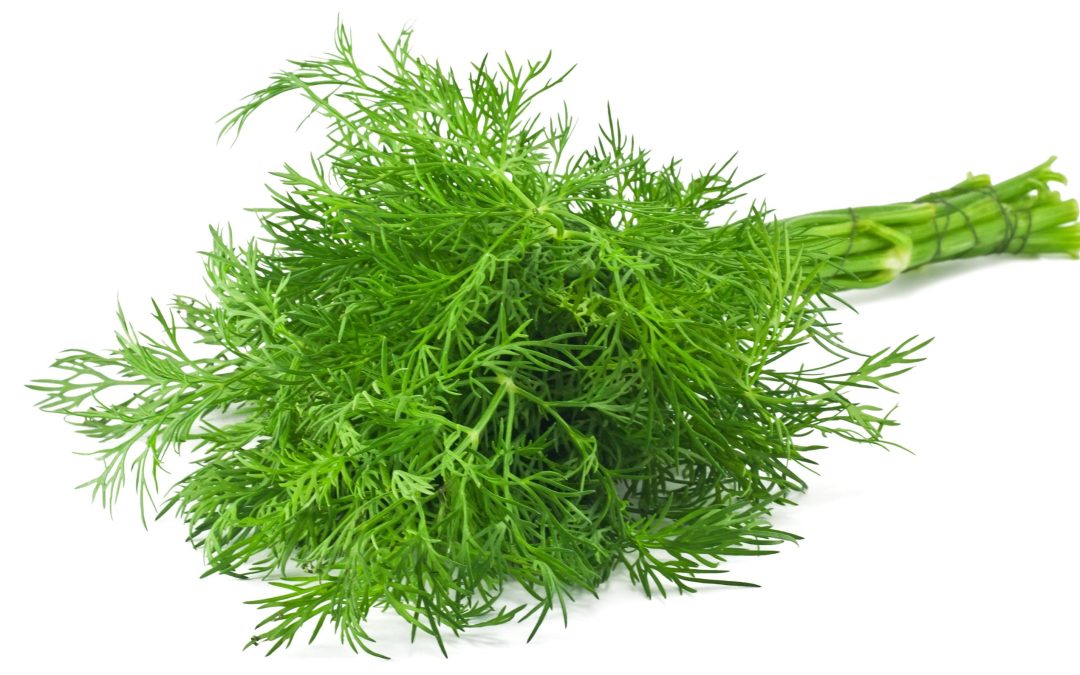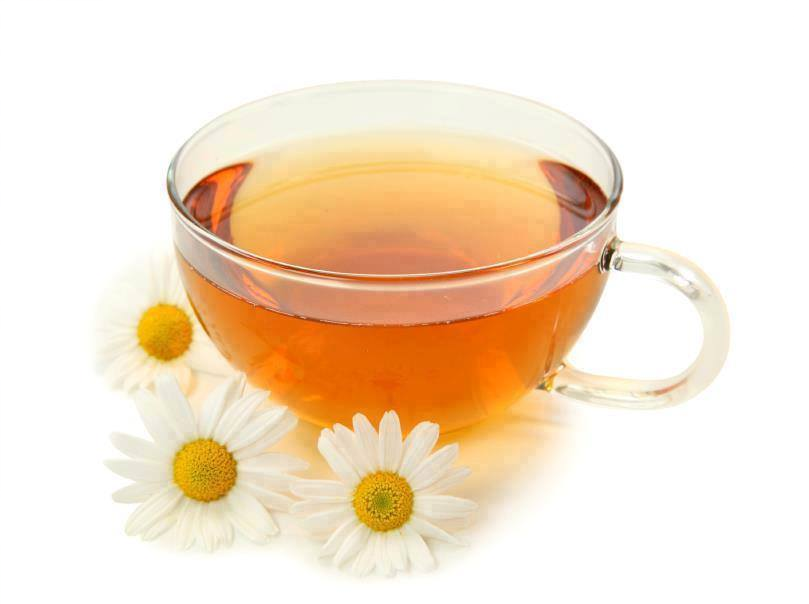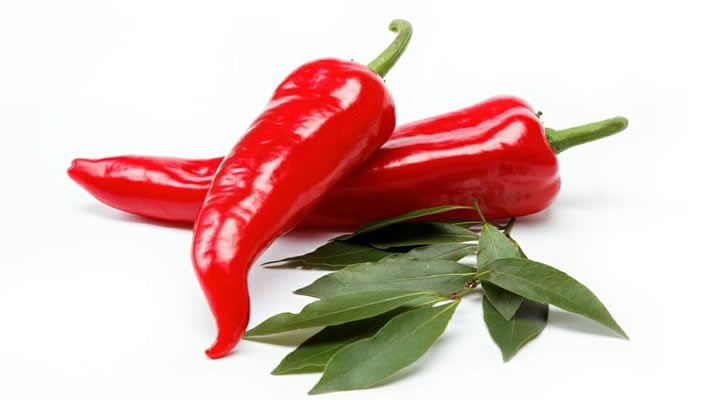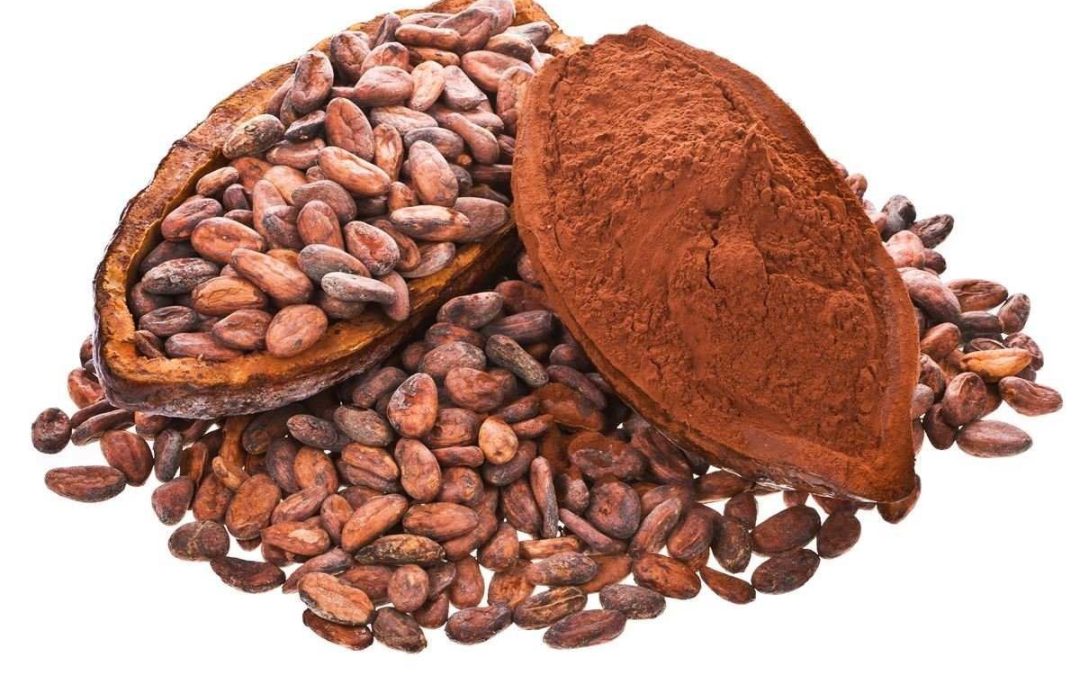Allium Sativum & The Compound Allicin
| Medicinal activity in garlic is best measured by its Allicin content |
Allicin is the major biologically active component of garlic. First reported by Cavallito and Bailey in 1944, allicin is the key ingredient responsible for the broad-spectrum of anti-bacterial activity in garlic. Research also showed that allicin is responsible for lipid-lowering, anti-blood coagulation, anti-hypertension, anti-cancer, antioxidant and anti-microbial effects.
Nonetheless, allicin is not found in fresh garlic. The chemistry of garlic is extremely complex. Fresh garlic contains an enzyme called “allinase” and “alliin”, which are contained in different parts of the garlic plant. This unique structure is designed as a defence mechanism against microbial pathogens of the soil. When fungi or other soil pathogens attack the cloves, the membrane of those compartments is destroyed, and within 10 seconds, all the alliin is converted into a new compound called allicin.
The allicin produced has a very short half-life (the time needed for one-half of a given amount of the component to deteriorate) and has a typical odour of freshly crushed garlic. This is a very efficient weapon because the clove’s defence systems only comes to life (activated) in a very small location and for a short period of time, whereas the rest of the allinase and alliin remain preserved in their respective compartments and are available for subsequent microbial attacks. More importantly, as a large amount of allicin generated could also be harmful for the plant tissues and enzymes, this very limited short-lived production that is confined to the area where the microbial attack takes place, minimizes self-damage to the plant.
Benefits of Allicin?
- From immune enhancement to cancer prevention, there is a wide range of health benefit in allicin.
- Many clinical studies have showed that garlic/allicin has the ability to lower total cholesterol, LDL, or “bad cholesterol” and triglycerides, and increase HDL cholesterol. This in turn may aid in the prevention of heart-related conditions such as heart attack, atherosclerosis, and stroke.
- In addition, garlic/allicin may support the overall health of the circulatory system, which may help in lowering the risk of heart attack and strokes.
Specifically, garlic/allicin activities are believed to have the following positive effects:
- Prevention of cardiovascular attacks
- Restore suppressed antibody responses
- Broad spectrum of antimicrobial activities.
- Preventing the common cold
- Prevention and treatment of cancer.
Garlic Use
- The biological activity of garlic is as shown: amebicide, antibacterial, acaricide, antibacterial, emmenagogue, antispasmodic, immunostimulatory, vasodilator, expectorant and antiasthmatic.
- There are also results in hypertension, hyperlipidemia, atherosclerosis, arterial disease, intermittent claudication, retinopathy. Garlic is effective in preventing thromboembolism and hyperuricemia and contributes in the treatment of diabetes.
- Another use of garlic is in the treatment of genitourinary disorders such as cystitis, ureteritis, urethritis, pyelonephritis, urolithiasis due to the allicin and its derivatives are excreted to a large degree renally.
- Uses of garlic in respiratory conditions: Flu, colds, sinusitis, pharyngitis, bronchitis, emphysema, asthma.
- In the digestive tract garlic is used for intestinal parasites and amoebic dysentery prevention. In topical use: Dermatomycoses, periodontal disease, hyperkeratosis.
- Small doses help digestion. For chest conditions can take a clove of garlic with milk. In India the natives use drops in small doses to fight deafness. There are references to their use in the treatment of tuberculosis. The infusion of garlic was used against cholera and scurvy. In dermal applications has been used for scabies and ringworm.
Health Conditions
Bacterial Infections
A group of microorganisms, all of which lack a distinct nuclear membrane and are considered to be more primitive than animal, plant or human cells. Most bacteria are single celled. Bacteria reproduce asexually by simple division of cells and incomplete separation of daughter cells can lead to the formation of colonies consisting of different numbers and arrangements of cells all with different and complex shapes. Bacteria are very widely distributed. Some live in soil, water or air; others are parasites of man, animals and plants and many cause diseases by producing toxins.
The minimum inhibitory concentration of allicin in parts per million for some common bacterial species
- Streptococcus pyogenes 16 ppm (flesh eating bacteria)
- Staphylococcus aureus 16 ppm (implicated in eczema)
- Listeria monocytogenes 16 ppm (often caught from animals)
- Escherichia Coli 0157 32 ppm (poorly cooked meat)
- Salmonella typhimurium 32 ppm (raw eggs)
- Clostridium perfringens 64 ppm (animals and man)
- Helicobacter pylori 16 ppm (stomach ulcers)
- Yersinia enterocolitica 12 ppm (stomach upsets)
- Bacillus subtilus 3 ppm (causes conjunctivitis)
Cancer
It is estimated that one in three people will develop a type of cancer at some time in their life and that cancer continues to account for around 25 per cent of all deaths recorded each year. Traditional Chinese medicine has always used garlic as a part of any treatment for the patients who suffered from a tumor or cancer.
The search for compounds that prevent cancer has intensified with the mounting evidence that many types of cancer are caused or triggered by factors relating to lifestyle and environment. It is well documented that allicin can strengthen the immune system, which is vitally important for fighting cancer.
When this important area of medicine was reviewed a considerable amount of data already published indicating that by taking allicin powder capsules regularly you can confer some degree of protection against various stomach cancers, boost your CD4-T cell count and convey some degree of protection.
Interestingly, the medical community has known about this for years and is currently trying to establish which compounds are the most protective, since evidence also shows major benefits from diallyl disulphide, which is a common breakdown component of allicin powder. Many of the breakdown products from allicin have been tested for their inhibiting effect on cancer cells and in most experiments inhibition of tumor growth was established.
Researchers concluded that evidence from laboratory experiments and population surveys is presently not conclusive as to the preventative activity of allicin. However, they also indicated that the available evidence warrants further research into the possible role of allicin in the prevention of cancer in humans.
Anti-cancer effects
In ancient times, garlic was used for the treatment of cancer of the uterus. Numerous reports, including several important epidemiological studies, have entered the scientific literature ever since, asserting that garlic has a favourable effect on various forms of cancer.
Anti-cancer Effects: Active Compounds
From the many publications that have just been reviewed, it is apparent that the anti-cancer effects of garlic are likely due, perhaps equally, to allicin and allicin-derived compounds as well as unidentified compounds not related to allicin. The following is a summary of the evidence for possible active compounds.
Epidemiological studies from six different countries have consistently shown that garlic consumption is associated with decreased risk of gastrointestinal cancer.
Since garlic is mainly eaten cooked (alliinase inactivated) in most of these countries, allicin is unlikely to be the cause of significant gastrointestinal cancer reduction. A major decrease in incidence of gastric cancer in China, particularly where large amounts of allicin-yielding fresh garlic are eaten, is associated with the antibiotic effects of garlic and its thiosulphinates (allicin) toward decreasing the amount of nitrate-reducing bacteria in the stomach and hence the amounts of carcinogenic nitrosamines formed. Therefore, allicin does appear to have an important role in prevention of gastric cancer.
A large number of animal studies with allicin-derived Diallyl disulphide and Diallyl sulphide, most using very large doses (100-200mg/kg) have shown positive effects toward decreasing carcinogen-induced cancer. Although allicin itself has not been tested, these studies indicate that allicin-derived compounds have the ability to affect cancer incidence.
Garlic and Organosulphur Compounds
- Garlic (Allium sativum L.) is a particularly rich source of organosulfur compounds, which are currently under investigation for their potential to prevent and treat disease.
- Crushing or chopping garlic releases an enzyme called alliinase that catalyzes the formation of allicin. Allicin rapidly breaks down to form a variety of organosulfur compounds.
- Since cooking can inactivate alliinase, some scientists recommend letting garlic stand for ten minutes after chopping or crushing before cooking it.
- Several different types of garlic supplements are available commercially, and each type provides a different profile of organosulfur compounds depending on how it was processed.
- The results of randomized controlled trials suggest that garlic supplementation inhibits platelet aggregation, but it is not known whether garlic supplementation can prevent cardiovascular disease.
- The results of a few epidemiological studies suggest that high intakes of garlic and other Allium vegetables (e.g., onions and leeks) may help protect against gastric and colorectal cancer, but it is not known whether garlic-derived organosulfur compounds are effective in preventing or treating human cancers.
Mistakes When Using Garlic Therapeutically
Mistake #1 – using cooked garlic
Cooking garlic is completely acceptable if you are using it to spice up your food. However, cooking destroys the garlic’s active ingredient – allicin. Allicin is one of the sulfur-containing compounds found in garlic that are collectively known as thiosulfinates. Allicin gets activated when raw garlic is chewed, chopped or crushed. But, it gets deactivated by heat, so that is why cooking garlic lowers its healing potential and should be avoided.
Here is a great tip when cooking garlic to preserve its maximum healing benefits: Crush garlic, then wait 10 minutes before cooking to maximize health benefits. Allowing the crushed garlic to stand for 10 minutes before cooking further enhances formation of allicin, ensures the maximum synthesis of allicin, and also makes it more stable and resistant to the heat of cooking. Then cook it on low or medium heat for a short period of time (add it towards the end of the cooking time).
Mistake #2 – taking garlic in a pill form
To avoid the smell and potent taste, some people decide to take garlic pills instead. As is often the case, the easy way doesn’t really work. As I mentioned earlier, to activate the garlic’s healing compound, you need to ingest raw, crushed garlic. No pill, powder or dried form can match the therapeutic potential of garlic in its natural state.
The smelly phosphorus gas disappears when garlic is dried, processed or cooked, but so do some of the health benefits. Dried garlic retains anti-oxidant properties and can help fight free radicals – but never to the same extent as raw garlic does. If you struggle with raw garlic, just remind yourself that chewing it has been proven to be as effective as taking penicillin in some cases. Or instead of chewing it, crush the garlic, let it stand for a few minutes and consume it with food. You can also mix the garlic with some honey as a natural remedy for dry cough or chest congestion.
Mistake #3 – using old garlic that has lost its freshness
Make sure that the bulbs you get are fresh and haven’t been sitting around for a long time. Fresh garlic has a green strip that runs in the middle of the cloves. As always, organic garlic is by far the healthier option. Suggestion – grow your own garlic.
Mistake #4 – taking too little garlic
If you are committed to fighting infections the natural way, you’ll need to eat a generous helping of garlic. Just one small clove probably won’t do the trick. As a therapeutic dose, two to three cloves of average size should be consumed per day. People have reported getting through serious infections by chewing two to three cloves twice daily.
Mistake #5 – forgetting to replenish the stomach flora
Since garlic acts as a natural antibiotic, large quantities of it can affect the gut flora and deplete the friendly bacteria. As with other antibiotics, you need a good supply of probiotics to get your gut back into balance. The best way to do this is by consuming fermented foods that contain plenty of probiotics. Some examples include natural yoghurt, kombucha, miso and fermented vegetables (sauerkraut, kimchi). If you find it difficult to find real fermented food, you can buy probiotic supplements. Also read my article about 3 things you need to do after taking antibiotics to restore healthy intestinal flora.
Mistake #6 – Not embracing a healthy diet
You can’t expect the garlic to do all the work on its own. You also need to adopt a general healthy lifestyle, and a diet that will promote the healing process. A diet rich in sugars and processed foods is counterproductive to the well-being of your immune system. Your endeavors should be supported by foods that provide you with nourishment and protect your health: vegetables, fruits, probiotic foods, healthy oils, vegan protein and plenty of good water. For more information on diet visit our Daily Nutrition and Eat To Live pages.
Tips for Eating Fresh Garlic
- We’ve established that the best way to consume garlic as an antibiotic is by eating it raw and fresh. Not everyone enjoys its pure taste.
- Consequently, some struggle to eat enough of it. Herbalists David Winston and Merrily A. Kuhn, RN, PhD, suggest mincing the cloves and letting them stand for 10 to 15 minutes.
- Then, mix the garlic with applesauce, honey, or some other carrier agent that you find easier and tastier to ingest.
- Tip to reduce the smell of garlic: eat some parsley afterwards to help control garlic breath.
Should You Eat Raw Garlic On an Empty Stomach?
It is sometimes advised to chew garlic first thing in the morning, before breakfast, and even before having water (you might need a glass of water to alleviate the burns, especially if you’re taking more than one clove). This regimen has yielded good results.
However, keep in mind that, for some people, raw garlic on an empty stomach can cause irritation to the digestive tract. A study published in 2005 in the American Family Physician noted a report from the literature that suggested that consumption of excessive amounts of raw garlic, especially on an empty stomach, can cause gastrointestinal upset, flatulence, and changes in the intestinal flora.
It’s always advisable to start with small amounts and observe your body’s reaction. This is important also because some people have an allergy to garlic. They might develop a range of symptoms, including bloating, diarrhea, nausea, vomiting and different skin reactions (rash, eczema). People who are raw garlic intolerant might still be able to consume it in small amounts, but their symptoms can appear when the dose gets increased. However, in most people, ingesting garlic produces no side effects.
Medicinal use of garlic has been known for over 3000 years. Already Hippocrates prescribed it for the treatment of cervical cancer, and Albert Schweitzer used it to treat dysentery in Africa. This ancient antibiotic receives support from both the scientific community and natural healers from around the world. When infection strikes next, you now know what to do.
Contraindications in garlic uses
- Garlic should be used with caution in hyperthyroidism, active bleeding, pre and post-operative, thrombocytopenia, warfarin-type anticoagulant therapy or hemostatic (especially extractive forms), gastroduodenal ulcers.
- Do not give excessively to children under 10 years. Garlic consumption due to drusen oxalates, may produce gastrointestinal irritation.
- For external use can cause contact dermatitis, due to its vesicant effect.
- The pure essential oil can cause nausea, vomiting, diarrhea, diaphoresis, menorrhagia and spinal epidural hematoma.
- Garlic interacts actions of antihypertensives and anticoagulants and drugs that inhibit hepatic metabolism.
- If you are taking any pharmaceuticals and using in high doses, check with your healthcare practitioner to avoid complications.
General Dosages
Internal use
Consume preferably at mealtime or near meals:
- Raw Garlic: 1-4 cloves a day.
- Garlic Powder : 1-3 g / day, 300-500 mg capsules.
- Fluid Extract (1:1): 30 to 50 drops, one to three times daily.
- Tincture of garlic (1:5): 50 to 100 drops, twice or three times daily.
- Dry extract (5:1): 100-200 mg, 1-3 times daily.
Recommended dosage:
- Prophylaxis of atherosclerosis (Adults): 6-10 mg daily of alliin (approx. 3-5 mg of allicin, equivalent to a clove of garlic or 0.5-1 g garlic powder).
- Respiratory Conditions: 2-4 g powder or 2-4 ml of tincture 1:5, three times daily.
Topical use
- Essential oil, oily or alcohol solution.
- Fresh Garlic: Commonly applies a slice of fresh garlic on hyperkeratotic areas, especially plantar warts and calluses. It is recommended to protect surrounding areas with Vaseline to prevent skin irritation.
- Vaginal ovules (vaginal candidiasis): 500 mg dry extract / ovule. An ovule every night (Peris, 1995).
REMEMBER to always consult your doctor before combining natural products with any other treatment.
DBM Protocol – Adjunct Therapy – Therapeutic Garlic – Internal Use
Common Cold
- Chop / crush 1 clove of garlic.
- Allow to stand for 10-15 minutes to maximise the formation of allicin
- Add 5ml coconut oil to a teaspoon with the chopped garlic and swallow
Dosage
- 1 clove of garlic every 3 hours
Acute Infections
- Chop / crush 2 – 3 cloves of garlic.
- Allow to stand for 10-15 minutes to maximise the formation of allicin
- Add 5ml coconut oil to a teaspoon with the chopped garlic and swallow
Dosage
- 2 – 3 cloves of garlic every 2 – 3 times daily
Chronic Infections
- Chop / crush 1 clove of garlic.
- Allow to stand for 10-15 minutes to maximise the formation of allicin
- Add 5ml coconut oil to a teaspoon with the chopped garlic and swallow
Dosage
- 1 clove of garlic every hour until bedtime
- Continue on the advice of your DBM Physician, or until infection cleared
General Health
- Chop / crush 1 clove of garlic.
- Allow to stand for 10-15 minutes to maximise the formation of allicin
- Add 5ml coconut oil to a teaspoon with the chopped garlic and swallow
Dosage
1 clove of garlic daily
Skin Infections (fungal or bacterial)
- Crush garlic and let it stand for 10 minutes. This allows the allicin to form properly.
- Mix the crushed garlic with some coconut oil, aloe vera, or honey.
- Apply the garlic mixture to the infected skin.
- If you feel a burning sensation, reduce the amount of garlic in the mixture.
Dosage
- 2-3 cloves of garlic
- Continue applying the natural treatment until your skin is free from any signs of infection.
- Be guided by your DBM Physician / Practitioner
Adapted from Article: Healthyandnaturalworld.com




